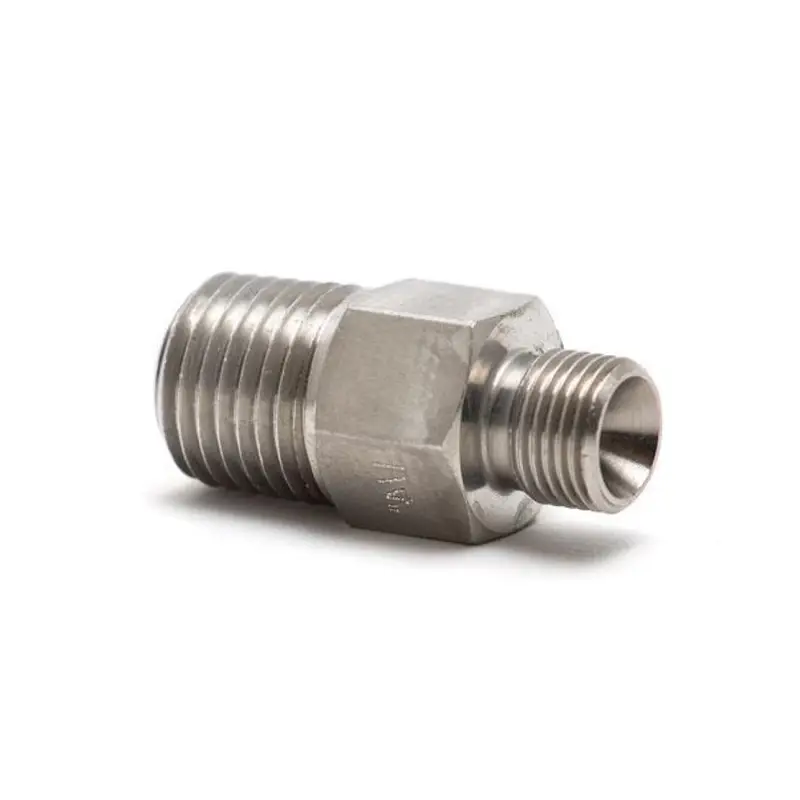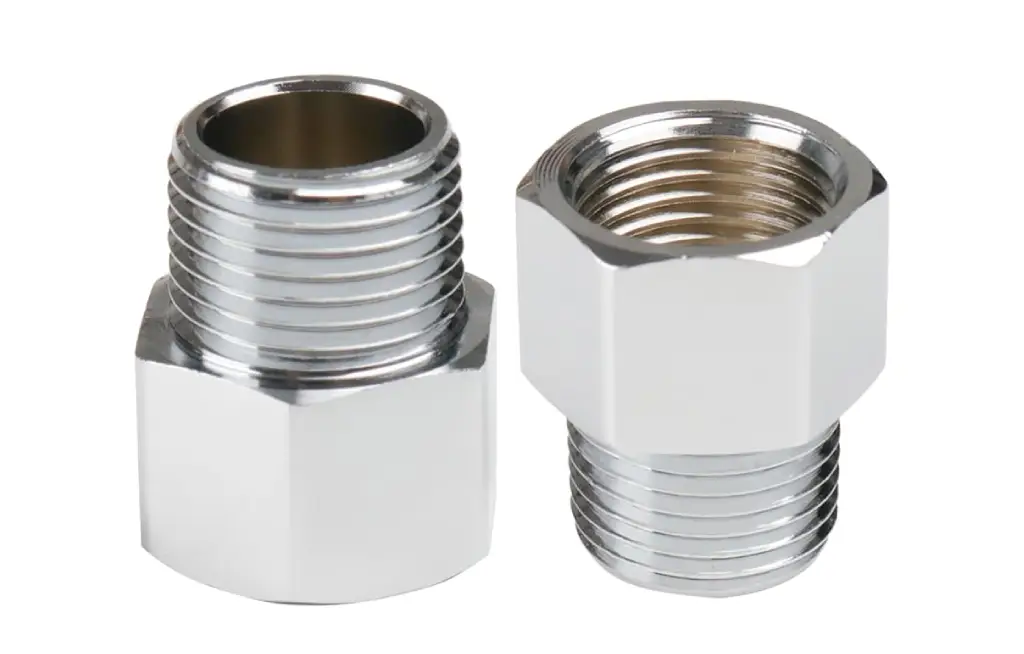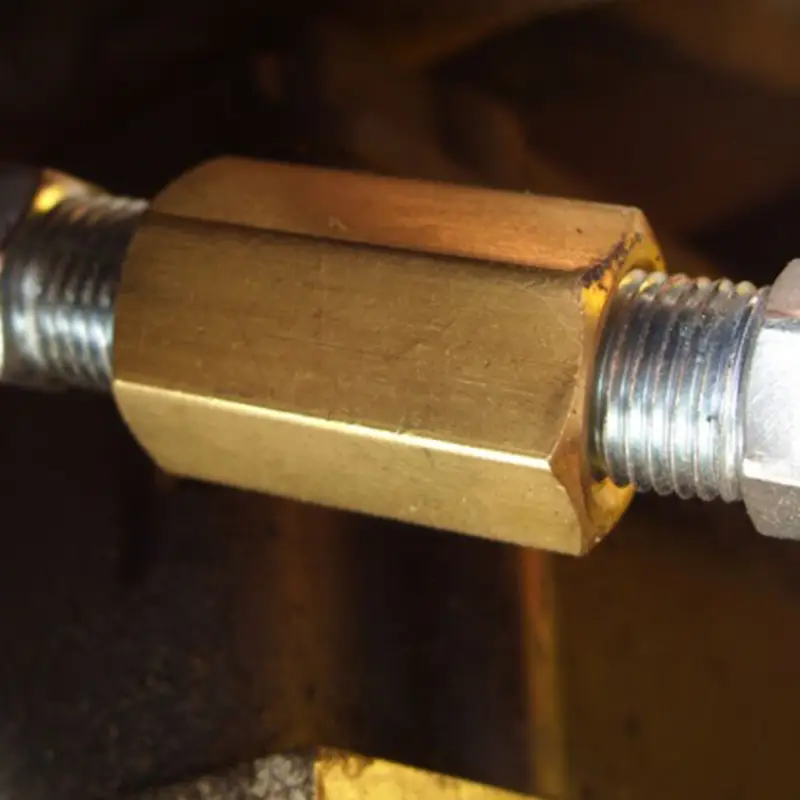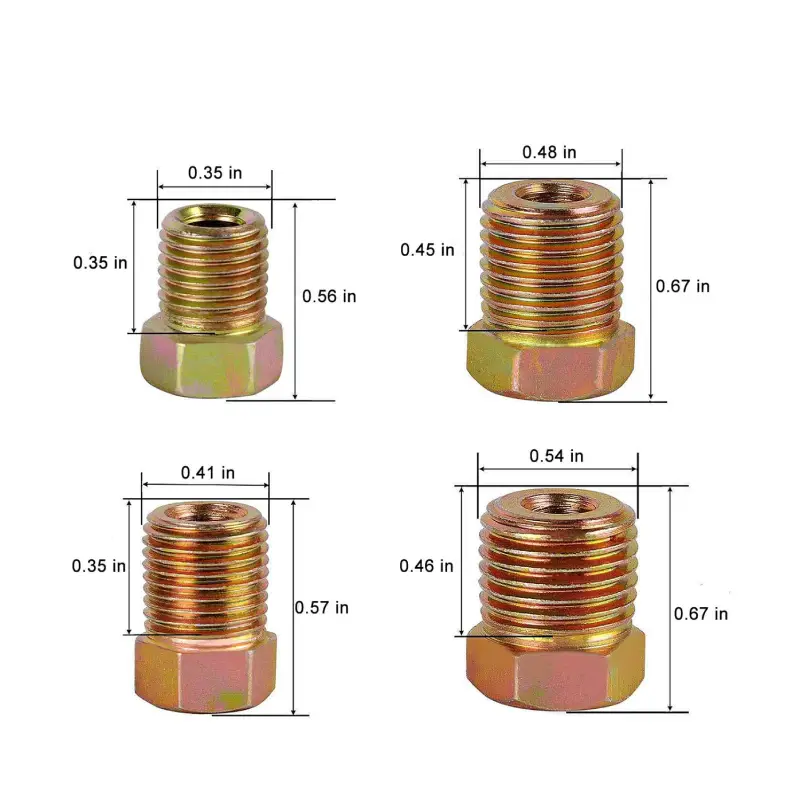In the field of fluid and gas transfer systems, understanding thread types is crucial for ensuring leak-free connections. Two commonly encountered thread types are MIP (Male Iron Pipe) and NPT (National Pipe Thread). While both are used in piping and fitting applications, they possess distinct characteristics that dictate their suitability for different scenarios. This blog post delves into the nuances of MIP and NPT threads, highlighting their differences and providing insights into their respective applications.
Accurate identification and selection of thread types are essential for preventing system failures and ensuring optimal performance. Whether you are working with plumbing, pneumatics, or hydraulics, a clear understanding of MIP and NPT threads will enable you to make informed decisions and achieve reliable connections. This guide aims to clarify the distinctions between these two thread types and their applications.
What Is MIP

MIP, or Male Iron Pipe, refers to a type of threaded connection commonly used in plumbing and low-pressure applications. It features straight, parallel threads designed to mate with a corresponding female threaded fitting. MIP threads are primarily used for mechanical connections, where a robust, leak-free seal is not the primary concern. They are often found in household plumbing, irrigation systems, and other applications where ease of assembly and disassembly are prioritized.
MIP threads are typically made from materials like brass, steel, or plastic, depending on the application and fluid being conveyed. They are designed to provide a secure mechanical connection, but they may require additional sealing materials like Teflon tape or pipe dope to prevent leaks, especially in systems where even low pressures are involved. Their straight thread design simplifies assembly, making them a popular choice for DIY projects and general plumbing repairs.
Resource: https://en.wikipedia.org/wiki/MIP
What Is NPT


NPT, or National Pipe Thread, is a U.S. standard for tapered threads used on threaded pipes and fittings. It’s designed to create a pressure-tight seal for fluid and gas transfer. The tapered thread design ensures that as the fittings are tightened, the threads compress against each other, creating a mechanical seal that effectively prevents leaks. This makes NPT threads ideal for high-pressure applications in hydraulic, pneumatic, and industrial systems.
NPT threads are commonly made from materials like steel, stainless steel, and brass, chosen for their strength and corrosion resistance. The tapered design, combined with the use of thread sealant, allows NPT connections to withstand significant pressure and temperature variations. This reliability makes them a standard in industries where leak-free connections are critical for safety and operational efficiency.
MIP vs NPT

MIP (Male Iron Pipe) and NPT (National Pipe Thread) are both threaded connections used in fluid transfer systems, but they differ significantly in their design, application, and sealing mechanisms. Understanding these distinctions is crucial for selecting the appropriate thread type for specific applications.
MIP threads are characterized by their straight, parallel design. This design allows for easy assembly and disassembly, making them suitable for low-pressure applications where frequent connections are required, such as in household plumbing and irrigation systems. However, the straight thread design does not inherently create a leak-proof seal, necessitating the use of thread sealants like Teflon tape or pipe dope. MIP threads are often found in applications where a robust mechanical connection is sufficient, and minor leaks are tolerable.
NPT threads, on the other hand, feature a tapered design. As the fittings are tightened, the tapered threads compress against each other, creating a mechanical seal that effectively prevents leaks. This makes NPT threads ideal for high-pressure applications in hydraulic, pneumatic, and industrial systems, where leak-free connections are critical. The tapered design, combined with the use of thread sealant, allows NPT connections to withstand significant pressure and temperature variations.
Key Differences:
Thread Design:
- MIP: Straight, parallel threads.
- NPT: Tapered threads.
Sealing Mechanism:
- MIP: Relies on thread sealant for leak prevention.
- NPT: Creates a mechanical seal through tapered thread compression.
Pressure Rating:
- MIP: Suitable for low-pressure applications.
- NPT: Suitable for high-pressure applications.
Application:
- MIP: Household plumbing, irrigation systems, low-pressure applications.
- NPT: Hydraulic systems, pneumatic systems, industrial applications.
Ease of Assembly:
- MIP: Easy assembly and disassembly.
- NPT: Requires more torque for proper sealing.
Comparison chart about MIP and NPT:
| Feature | MIP | NPT |
| Thread Design | Straight, Parallel | Tapered |
| Sealing Mechanism | Thread Sealant | Tapered Thread Compression |
| Pressure Rating | Low | High |
| Application | Plumbing, Irrigation | Hydraulic, Pneumatic, Industrial |
| Ease of Assembly | Easy | More Torque Required |
MIP to NPT

Connecting MIP (Male Iron Pipe) to NPT (National Pipe Thread) requires an adapter, as these thread types are not directly compatible. MIP threads are straight and parallel, while NPT threads are tapered. An adapter bridges this gap, allowing for a transition between the two standards. This is often necessary when integrating components from different systems or when retrofitting existing setups. The adapter ensures a proper seal and prevents leaks that would occur from attempting a direct connection.
When selecting an MIP to NPT adapter, consider the application’s pressure and temperature requirements. Ensure the adapter’s material is compatible with the fluids or gases being conveyed. Use appropriate thread sealants, such as Teflon tape or pipe dope, to enhance the seal and prevent leaks. Proper installation and tightening are crucial for a reliable connection.
- Use an adapter for the transition.
- Consider pressure and temperature requirements.
- Ensure material compatibility.
- Use appropriate thread sealants.
- Install and tighten properly.
How to Choose MIP and NPT
Selecting the appropriate thread type, MIP or NPT, hinges on the specific requirements of your application. For low-pressure, general-purpose applications like household plumbing or irrigation, MIP threads are often sufficient. They are easy to assemble and disassemble, making them convenient for routine maintenance.
However, if your application involves high pressures, extreme temperatures, or critical fluid transfer, NPT threads are essential. Their tapered design ensures a robust, leak-free seal, crucial for hydraulic, pneumatic, and industrial systems.
Consider the operating conditions, material compatibility, and the level of leak prevention required. Always verify the thread specifications and use appropriate thread sealants to ensure a secure connection. If you’re unsure, consulting with a fluid transfer specialist can help you make the right choice.
MIP Selection:
- Low-pressure applications
- General-purpose use
- Ease of assembly
- Routine maintenance needs
NPT Selection:
- High-pressure applications
- Extreme temperatures
- Critical fluid transfer
- Robust leak prevention
- Material compatibility
Are NPT and MIP Compatible?
NPT and MIP threads are not directly compatible due to their differing thread designs. NPT threads are tapered, while MIP threads are straight. Attempting to connect an NPT fitting to an MIP fitting, or vice versa, will result in a poor seal, likely leading to leaks. While adapters exist to transition between the two thread types, they should be used with caution and with appropriate sealing materials to ensure a reliable connection.
Is MIP the Same as NPT?
No, MIP (Male Iron Pipe) and NPT (National Pipe Thread) are not the same. They are distinct thread standards with different designs and applications. MIP threads are straight and parallel, primarily used for mechanical connections in low-pressure applications, while NPT threads are tapered, designed to create a pressure-tight seal in high-pressure fluid transfer systems.
Conclusion
In conclusion, MIP and NPT threads serve distinct purposes in fluid transfer systems. MIP threads are designed for mechanical connections, often used in plumbing and low-pressure applications, offering ease of assembly. NPT threads, on the other hand, are engineered for high-pressure, leak-resistant connections, crucial in hydraulic and pneumatic systems. Understanding these differences ensures appropriate selection and system integrity.
MIP threads are characterized by their straight, parallel design, facilitating quick assembly with minimal sealing requirements. NPT threads, with their tapered design, create a tight, leak-proof seal as they are tightened, making them ideal for high-pressure environments. Proper thread identification is vital to prevent mismatched connections and potential system failures.
For high-quality wholesale hydraulic fittings, including a comprehensive range of NPT threaded solutions, contact DF Hydraulics today. We offer customizable fittings tailored to your specific industrial needs. Partner with us for reliable and efficient fluid transfer systems. Get in touch to discuss your requirements and benefit from our expert services.



